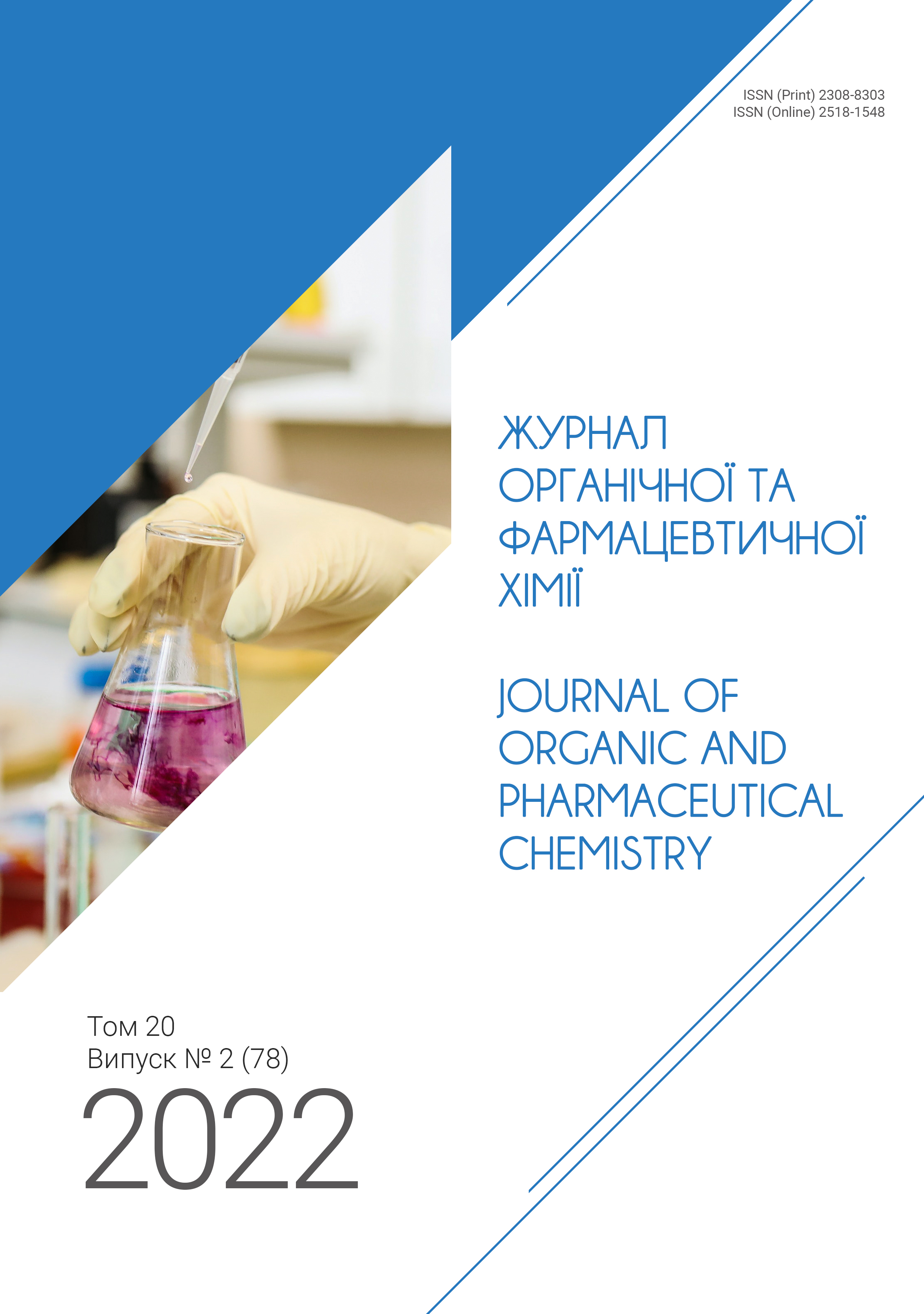Bianka Tchoubar: A Revolutionary in French Organic Chemistry
DOI:
https://doi.org/10.24959/ophcj.22.255945Keywords:
mechanisms of organic reactions, charged intermediates, salt effects, molecular rearrangements, alicyclic compounds, history of chemistryAbstract
Virtually unknown in her homeland, Bianka Tchoubar, born in 1910 in Kharkiv, brought about a true paradigm shift in French organic chemistry of the 20th century. Originality of research ideas, scientific rigor and legendary perseverance earned her respect and recognition in the world scientific community. This eccentric Parisian of Ukrainian origin became the first woman to enter the French National Center for Scientific Research (Centre National de la Recherche Scientifique, CNRS) upon its creation in 1939. Bianka Tchoubar’s contribution to the study of reaction mechanisms and salt effects in organic chemistry were of paramount importance, and so were her efforts to present these novel scientific concepts to the audience of French organic chemists through the clear and concise expression of her books. The name of this great Ukrainian researcher may be found in the pages of French organic chemistry textbooks, where the Demjanov ring expansion reaction is called the Demjanov–Tiffeneau–Tchoubar rearrangement. This article aims at presenting the outstanding scientific legacy and turbulent life path of this researcher to the world scientific community.
Supporting Agency
- the author received no specific funding for this work
Downloads
References
- Astruc, D. Bianka Tchoubar (1910–1990). In European Women in Chemistry; Apotheker, J., Sarkadi, L. S., Eds.; Wiley–VCH Verlag GmbH: 2011; pp 17–20.
- Jacquesy, R. A.; Loupy, A.; Gruselle, M. Bianka Tchoubar, La Révolution des Mécanismes. Actual. Chim., 2015, 397–398, 8-10.
- Jacques, J. Bianka Tchoubar (1910–1990). New J. Chem. 1992, 16, 11–14.
- Tiffeneau, M.; Tchoubar, B. Mécanisme de la Formation des Alcoyl–Cyclohexanones par Actions des Dérivés Organomagnésiens sur les
α-Chlorocyclohexanones. Remplacement Non-Direct de L’Halogène par L’Alcoyle.
C. R. Acad. Sci. Paris. 1934, 198, 941. - Olson, J. O.; Shea, K. M. Critical Perspective: Named Reactions Discovered and Developed by Women. Acc. Chem. Res. 2011, 44 (5), 311–321. https://doi.org/10.1021/ar100114m.
- Rulev, A. Yu.; Voronkov, M. G. Women in Chemistry: A Life Devoted to Science. New J. Chem. 2013, 37 (12), 3826-3832. https://doi.org/10.1039/C3NJ00718A.
- Laszlo, P. How an Anglo-American Methodology Took Root in France. Bull. Hist. Chem. 2011, 36 (2), 75–81.
- Rulev, A. Yu. Zhenskie Dat’ Imena [Let Us Give Them Feminine Names, in Russian]. Himiya i Zhizn’ 2019, 3, 28–31.
- Tchoubar, B. Les Mécanismes Réactionels en Chimie Organique; Dunod, 1960.
- Shilov Ye. A.: Biobibliograficheskiy Ukazatel’ [Shilov Ye. A.:
A Biobibliographical Guide, in Russian]; Ganushkina, V. V., Talanova, M. N.,
Koyfman, O. I., Eds.; Information Сenter of The Ivanovo State University of Chemistry and Technology (ChemTech Golden Series), 2010. - Loupy, A.; Tchoubar, B. Effets de Sels en Chimie Organique et Organométallique; Dunod, 1988.
- Loupy, A.; Tchoubar, B.; Astruc, D. Salt Effects Resulting from Exchange between Two Ion Pairs and Their Crucial Role in Reaction. Chem. Rev. 1992, 92 (6), 1141-1165. https://doi.org/10.1021/cr00014a001.
- Kende, A. S. Les Mécanismes Réactionnels en Chimie Organique. J. Am. Chem. Soc. 1965, 87 (7), 1632-1632. https://doi.org/10.1021/ja01085a055.
- Normant, J. F. Effets de Sels en Chimie Organique et Organométallique: by A. Loupy and B. Tchoubar, Ed. Dunod, Paris 1988, p. 311, ISBN 2-04-16986-5, ff. 350. J. Organomet. Chem. 1989, 362 (3), C33. https://doi.org/10.1016/0022-328X(89)87265-1.
Downloads
Published
How to Cite
Issue
Section
License
Copyright (c) 2022 National University of Pharmacy

This work is licensed under a Creative Commons Attribution 4.0 International License.
Authors publishing their works in the Journal of Organic and Pharmaceutical Chemistry agree with the following terms:
1. Authors retain copyright and grant the journal the right of the first publication of the work under Creative Commons Attribution License allowing everyone to distribute and re-use the published material if proper citation of the original publication is given.
2. Authors are able to enter into separate, additional contractual arrangements for the non-exclusive distribution of the journal’s published version of the work (e.g., post it to an institutional repository or publish it in a book) providing proper citation of the original publication.
3. Authors are permitted and encouraged to post their work online (e.g. in institutional repositories or on authors’ personal websites) prior to and during the submission process, as it can lead to productive exchanges, as well as earlier and greater citation of published work (see The Effect of Open Access).















